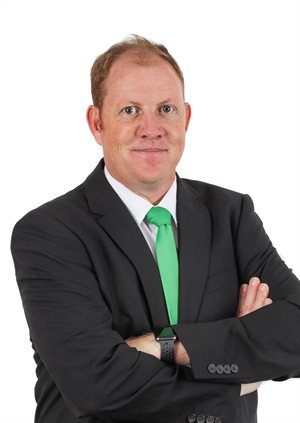






It’s admirable, but jumping headfirst into these projects will see some companies flying too close to sun - no pun intended. Before implementing any form of alternative energy resources, companies must first gain deep insight into their buildings’ energy consumption and then make educated decisions.
Establishing a society where energy efficiency remains top of mind is a prevalent and persistent message, and one of the first steps is buildings. Digitisation and visualisation remain two of the key pillars that will allow building owners and managers to effectively manage energy consumption.
Understanding the importance of building management systems (BMS) and energy management systems (EMS) is critical if organisations want to take the next step in establishing a distributed energy posture (DER) that will not only stabilise energy supply but also future-proof a signficiant investment.
The job of a BMS is primarily to manage and control the building systems, especially HVAC, lighting, access control, etc., whereas an EMS provides energy, demand and power-quality monitoring.
It is the EMS which can facilitate effective energy visualisation and analytics, provide dashboards and trends for energy consumption at equipment, system, building, campus and portfolio levels, which can be used effectively for decision-making.
Together, BMS and EMS are critical tools in enabling organisations to not only definitively develop their next investment in, for example, solar, but also to gain valuable insight into how the building, in its current form, is performing.
It’s an important element that no doubt provides organisations with some interesting insight into where the building is consuming too much energy and how this, with incremental changes, can be rectified.
For example, HVAC systems use significant amounts of energy to operate. Here, by using the BMS, organisations can customise their HVAC operations to run at certain hours, in certain areas of the building. This will not only lead to significant savings, but also ensure that the building remains comfortable.
Moreover, by using both BMS and EMS, organisations can accurately assess what their investment will be in renewables, ensuring they don’t over- or under-provision for what the facility requires to run optimally.
Importantly, the BMS will also ensure that when buildings move over the DERs, the facility is managed in a manner that makes the most of the various resources available, certain times of the day, thus ensuring the organisations get the most from their investment.
In tandem with an EMS, buildings can run at optimised energy efficiency and also make automated, incremental changes when, for example ,it’s a cloud day and the solar array will be less effective. Here, the EMS will switch over to the grid more regularly than usual to ensure battery storage is adequately replenished when load shedding does occur.
Only fools rush in, and it couldn’t be truer in the case of implementing renewables. Organisations must ensure that they have the right tools that will ensure that they not only assess and optimise their current posture, but also optimise their investment for year to come.